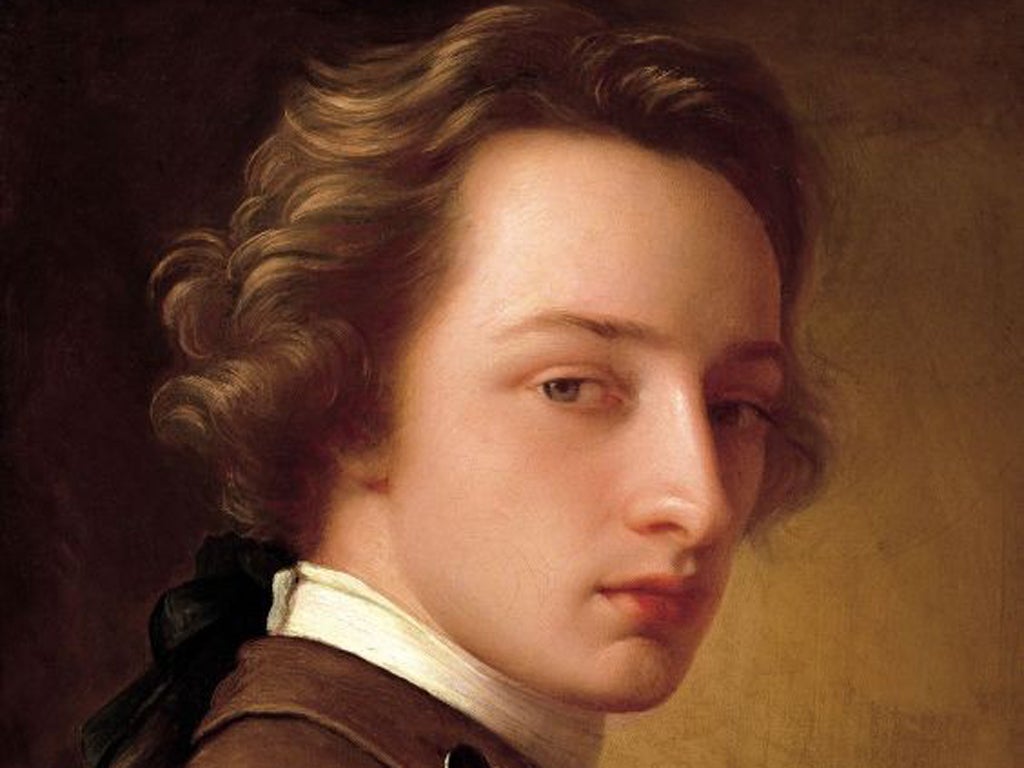The English Prize, Ashmolean
Captured – snapshots of a Georgian holiday

Your support helps us to tell the story
From reproductive rights to climate change to Big Tech, The Independent is on the ground when the story is developing. Whether it's investigating the financials of Elon Musk's pro-Trump PAC or producing our latest documentary, 'The A Word', which shines a light on the American women fighting for reproductive rights, we know how important it is to parse out the facts from the messaging.
At such a critical moment in US history, we need reporters on the ground. Your donation allows us to keep sending journalists to speak to both sides of the story.
The Independent is trusted by Americans across the entire political spectrum. And unlike many other quality news outlets, we choose not to lock Americans out of our reporting and analysis with paywalls. We believe quality journalism should be available to everyone, paid for by those who can afford it.
Your support makes all the difference.A few days into 1779, a pair of French warships rounded on the Westmorland, a merchantman bound for London from Livorno. The captain, out-gunned, surrendered. The Westmorland was towed into Malaga, where its cargo – anchovies, parmesan and 90 crates of art and antiquities being shipped home by gentlemen on the Grand Tour – was split up and sold. The crates were bought by Carlos III, Spain's Franco-Italian king, their contents dispersed among royal collections.
And there the story of the Westmorland lay for 200 years, until five Roman sculptures in a museum in Madrid turned out to be 18th-century Italian fakes. Each was marked "PY". Investigation revealed this to stand for presa ynglesa, or "English Prize": all five came from the Westmorland. Slowly, over a decade, other of Carlos's purchases – books, paintings, carvings from the alleged Antique – were tracked down. The dispersal of the Prize was reversed, like a film played backwards. The results are now on show at Oxford's Ashmolean Museum.
It is, if you like, our version of Pompeii, frozen in time, a snapshot of an educated elite in a single year of the 18th century. The show is organised around the four men whose purchases made up the bulk of the art on the Westmorland: John Henderson, a Scottish baronet-to-be; Francis Basset, a Cornish landowner; the Lords Duncannon and Lewisham.
There are bit-players as well, notably one Father Thorpe, an English Jesuit who was shipping home a box of relics as a gift from the Pope to Lord Arundell. Fifty years before Catholic Emancipation, this was a risky thing to do. The relics were hidden in a sham marble pedestal, designed, Thorpe wrote, to "perplex the eye" of any grim-faced Protestant checking for secret compartments.
The English Prize is a show of two parts. First, it teases out the characters of its main players. The most memorable image is the painting, artist unknown, of a beautiful young man. Found in a crate with the initials of John Henderson on it, this was assumed to be a portrait of its owner. Comparisons with portraits of Henderson disprove this. So why was a Scottish laird sending the picture of a sultry youth home to his castle in Fife? Why, indeed.
Alongside this, The English Prize treats its players compositely, so that their possessions build up the picture of a mid-Georgian taste. The surprising thing, to our severe modern eyes, is its extraordinary tolerance of fakes. In part, this was forced upon Grand Tourists by 1779: Roman museums, seeing their city stripped of antiquities by the deep-pocketed English, had clamped down on exports. Even so, the Georgian fascination with the ersatz is striking.
Surrounded by the real glories of Rome, Grand Tourists bought the falsified views of Piranesi: 40 volumes of his Vedute di Roma were on the Westmorland. Basset's "Guido Reni Aurora" is not by Reni; the temples in Lord Duncannon's watercolours never stood. The owners of these objects were aware of their fakery, but saw it as irrelevant. Like Fr Thorpe's false pedestal, the message they carried – of education, cultivation – was more important than their originality.
To 27 Aug (01865 278 000)
Critic's Choice
The British Museum marks its acquisition of the Vollard Suite, a series of sensual, sometimes violent etchings by Picasso, by inviting visitors to see the 100-strong print collection free of charge (to 2 Sep). Make a day of it and visit Tate Britain too, where you can trace Picasso's influence on British artists from Wyndham Lewis to David Hockney via Francis Bacon (to 15 Jul).
Join our commenting forum
Join thought-provoking conversations, follow other Independent readers and see their replies
Comments